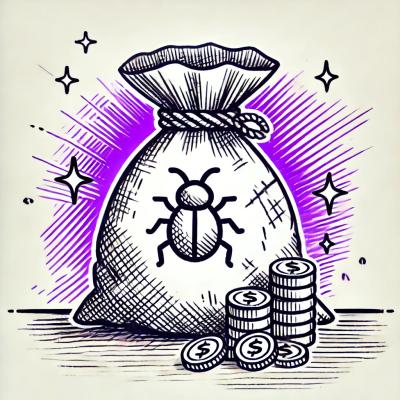Twitch Drops Watcher
Node.js CLI tool to scan for Twitch streams with Drops enabled for a given list of games.
Options
Usage: twitch-drops-watcher [options] <games...>
CLI tool to check for Twitch live streams with Drops Enabled for a given list of games.
Options:
-V, --version output the version number
-d, --drops only show live streams with Twitch Drops enabled. (default: false)
-e, --env <path> path to the .env file to load (default: "./.env")
-h, --help display help for command
Game names
The exact name of the videogame you want can be found at https://www.twitch.tv/directory.
Installation
NPM script
You can run it as an NPM script with npx twitch-drops-watcher. See below for configuration.
From source
First, clone the repository from Github, then, install the dependencies with Yarn or NPM, and, finally, compile the code.
git clone git@github.com:Haltarys/Twitch-Drops-Watcher.git
yarn install
yarn run build
Don't forget to add the environment variables to configure the script (see below.)
After installing the dependencies and compiling the code, you can run it with: node dist/index.js or simply node ..
Configuration
For the script to work, it needs some environment variables to be set (see .env.example for details.)
You can either export them directly into your environment like so:
export TWITCH_CLIENT_ID=<Your Twitch client ID>
node . "Game1" "Game2"
TWITCH_CLIENT_ID=<Your Twitch client ID> ... node . "Game1" "Game2"
Or use an .env file like as detailed below (recommended.)
Copy the .env.example file and rename it to .env.
Twitch configuration
Go to https://dev.twitch.tv/console/apps, log into your Twitch account and create a new app. Generate a client ID and secret and save them to the .env file.
Read more at https://dev.twitch.tv/docs/api/get-started.
Google configuration
Go to https://console.cloud.google.com/apis/dashboard, log into your Google account and create a new Cloud project. From that project, create credentials and paste them into the .env file.
Specify the .env file's path with the -e, --env flag (default is ./.env.)
Useful links:



